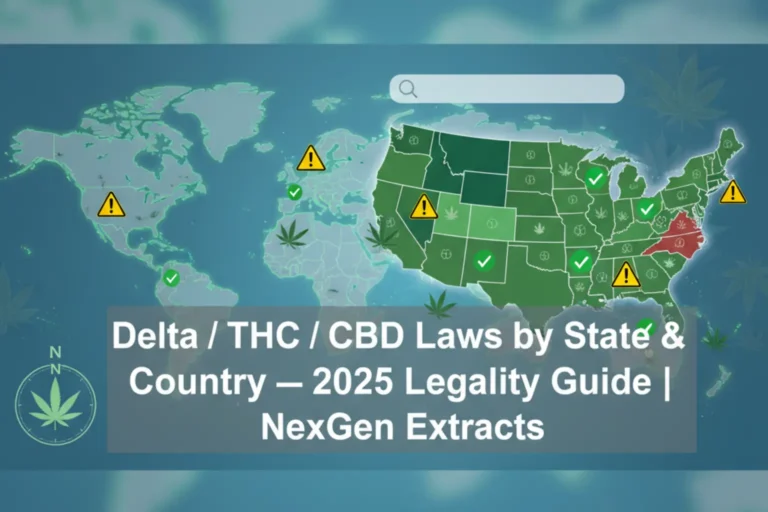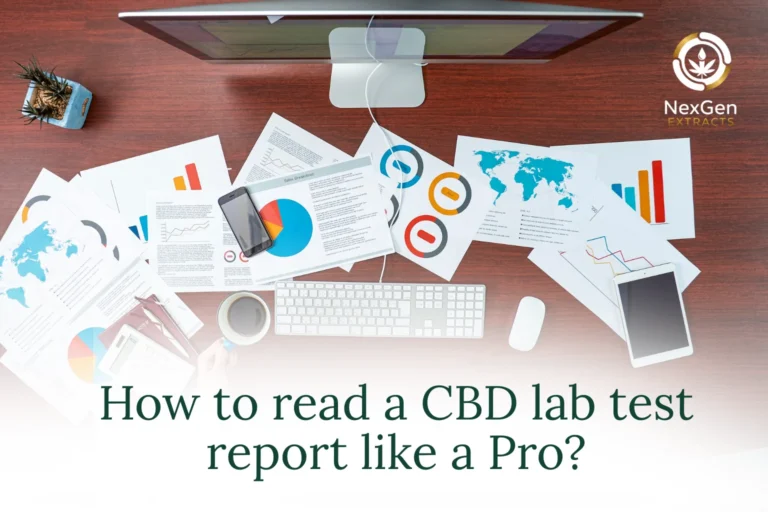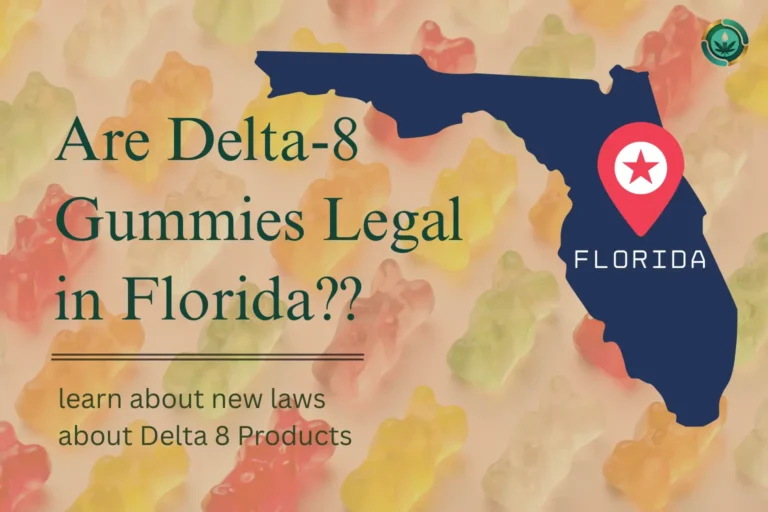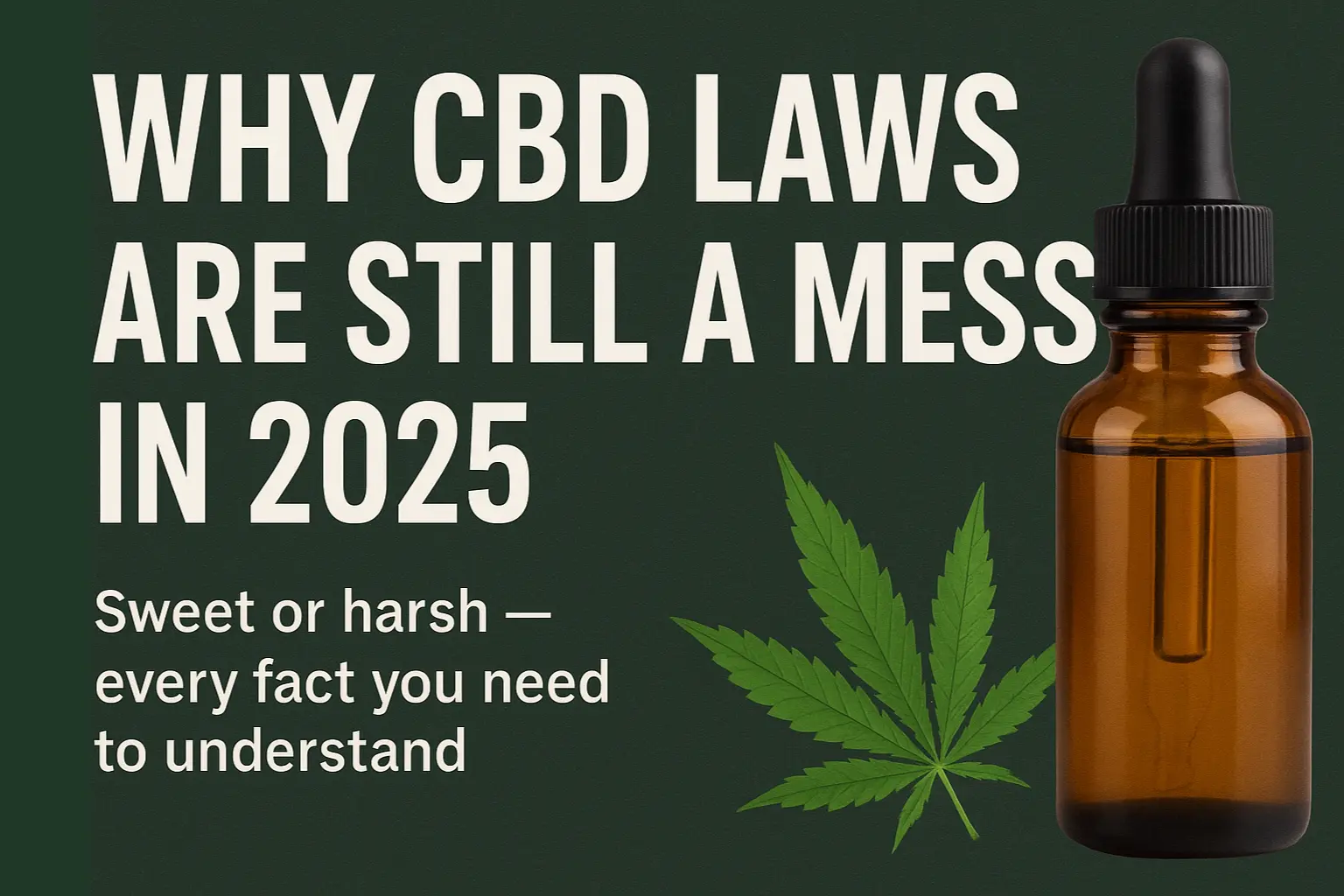
Introduction
If you’ve ever walked into a gas station and seen CBD gummies next to energy drinks, then tried to buy the same gummies online only to be blocked, you’ve already met the chaos. For many people CBD is a simple wellness choice; for regulators it’s a tangle of science, politics, commerce, and safety concerns. In 2025 that tangle hasn’t been cut — it’s been frayed in new places. Below I’ll unpack why that is, plainly and fully.
The clean, simple root: one law created a thousand questions
The quick headline is this: the 2018 federal Farm Bill legalized hemp (plants with ≤0.3% Δ9-THC), and that single change created the legal environment where CBD could explode as an industry — but it left a ton of messy, unanswered details about what counts as legal CBD, how it can be sold, and how safety should be regulated. That foundational change is the reason CBD is everywhere — and the reason the law is still working itself out.
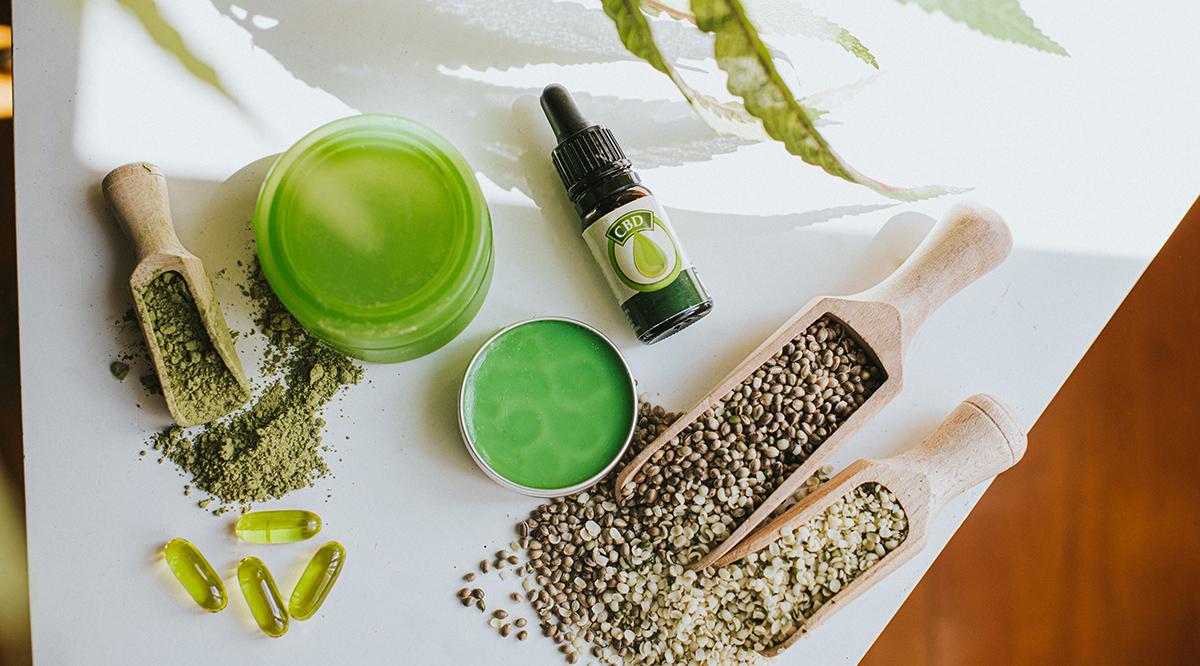
One law, many actors — why regulation is spread across agencies and branches
Part of the mess comes from divided responsibility. Several federal bodies — notably the USDA (on hemp farming), the FDA (on foods, supplements, and drug claims), and the Department of Justice (on controlled substances/enforcement) — all have a piece of the puzzle. States can also write their own rules, leading to highly inconsistent local laws. That’s not a bug; it’s a feature of our federal system — but it’s also why a product legal in one state or shop can be a legal minefield across the border.
Two practical results:
-
The FDA has authority to regulate CBD when it’s marketed as a food or dietary supplement, but it hasn’t created a clear, workable path yet. That regulatory limbo means companies live in a “warning letter” economy — spend time and money defending product claims and compliance instead of scaling.
-
States fill gaps differently: some embrace broad retail sales and lab testing; others ban certain hemp derivatives entirely, especially intoxicating ones. The result is fragmentation that confuses consumers and raises compliance costs for sellers.
The Farm Bill loophole and the delta-8 explosion
An unintended consequence of the Farm Bill is the legal opening for synthesized or converted cannabinoids — most famously delta-8 THC — that produce intoxicating effects similar to marijuana but were technically derived from legal hemp. Because the law focused on Δ9-THC content in the plant, entrepreneurial chemistries and supply chains found gray zones. That created a booming market for novel hemp-derived intoxicants, widely available in corner stores and online. The result: regulators and lawmakers are scrambling to close the loophole, and some states have already banned or restricted these products.
Why this matters: the delta-8 story turned CBD from a niche wellness product into a political issue about youth access, safety, and law-and-order — and that political reframing breeds rapid, often blunt policy responses.
FDA: warning letters, no clear pathway, and the confidence problem
The FDA has repeatedly told the public and industry that the current legal frameworks for dietary supplements and foods aren’t appropriate for CBD. The agency has issued numerous warning letters to companies making unapproved medical claims or marketing unsafe products. Without an FDA pathway for CBD in foods or supplements, big retailers and many responsible brands remain cautious — they don’t want to be the test case for enforcement. That hesitation fragments distribution and reduces investment in robust product safety.
The practical upshot: until the FDA finalizes rules (or Congress legislates a clear path), the market will be a mix of well-tested products, sketchy imports, and companies operating in legal gray zones.
Appropriations riders and the “sneaky” legislative route
Another element that keeps the picture messy is how Congress sometimes uses spending (appropriations) bills to make policy. Rather than pass a standalone CBD law, lawmakers have occasionally attached riders or amendments to budget or agriculture bills to redefine hemp or restrict hemp derivatives. Those riders can appear late in large omnibus bills and produce quick, sweeping changes without extended debate — which makes planning nearly impossible for businesses.
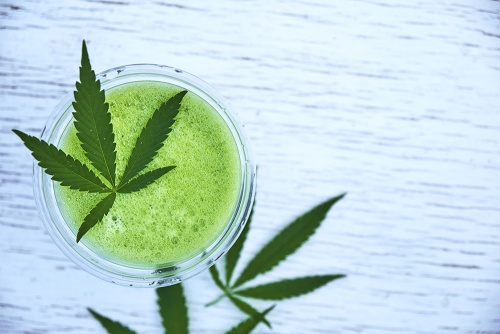
So even if a clear Farm Bill-era framework exists, appropriations language can functionally rewrite the rules overnight.
States: the patchwork reality
Imagine trying to run a small CBD brand: in one state you can sell gummies in retail, in another you need a license and youth-proof packaging, in a third you’re completely banned from selling ingestibles. That’s the present reality. States have taken very different stances on testing, labeling, age limits, and which cannabinoids are allowed. The variation raises costs, complicates shipping, and pushes small companies to either hyper-localize or over-invest in compliance. Several think tanks and legal centers maintain up-to-date maps precisely because the landscape changes so fast.
International rules complicate exports and trust
If you sell internationally, the mess multiplies. The EU and UK treat CBD as a “novel food,” requiring safety dossiers and approvals that are expensive and complex. Some regulators are proposing or imposing low acceptable daily intake (ADI) levels for CBD — and the UK has published provisional ADI and THC limits that force companies to reformulate or fail authorization. These international rules don’t track U.S. policy neatly, so exporters must comply with a second, very strict rulebook. That raises the barrier for small exporters and tightens the market to larger players who can manage regulatory costs.
Courts and litigation: the long shadow
When agencies or Congress take unclear actions, the courts step in — and litigation takes years. Judges interpret language, set precedents, and decide whether riders or agency directives are lawful. Because presidential appointments change the courts’ composition, elections have an outsized long-term influence. Expect more lawsuits and injunctions in the years ahead; they’ll keep the market in fits and starts while lawyers litigate what lawmakers should have clarified years ago.
Public-health politics: the human cost that drives headlines
Part of the reason lawmakers act (sometimes dramatically) is public pressure: media stories about children accidentally ingesting unchildproofed gummies, poison-control calls, or novelty products that appeal to teens get political oxygen. Those stories make for fast lawmaking that’s often precautionary, blunt, and not always aligned to nuanced science. That’s a classic democratic tradeoff — fast action to protect vulnerable people versus carefully calibrated rules built on long-term evidence.
In practice, that has already led to bans or strict age controls in certain states and strong advocacy for congressional fixes to the Farm Bill loophole so harmful intoxicants can be restricted.
The business reality — why some brands fail and others survive
With uncertainty, markets do one of two things: they consolidate around players who can bear legal costs, or they fracture into low-trust corners where products are uneven in quality. Both are happening. Larger brands with legal teams can keep up with changing rules, invest in testing, and pivot formulations to meet different markets. Small startups often can’t. The result is less innovation from scrappy players, more market power for big firms, and a slower pace of trustworthy product development.
Honest labeling, third-party lab certificates (COAs), and conservative marketing are the best defenses for brands right now. Those practices don’t eliminate risk, but they reduce enforcement exposure and preserve consumer trust.
Why “science will fix it” is only half-right
Scientists are producing better safety data all the time, but regulation isn’t only a data problem — it’s a political and logistical one. Regulators need robust studies to set safe doses and contamination limits; legislators need political cover to pass laws; agencies require resources and rulemaking time. Each step takes time and can be stalled by political cycles, budget fights, or competing priorities.

Even when science is decisive, politics can delay or alter implementation — witness how international ADIs and domestic debates diverge. Science matters — but it arrives too slowly to be the only engine of regulatory clarity.
What consumers should do today
-
Buy from brands that publish COAs and transparent sourcing.
-
Avoid products with extravagant medical claims.
-
Prefer companies that provide child-resistant packaging and clear dosing.
-
Check state rules before buying CBD ingestibles online across state lines.
What businesses should do today
-
Keep airtight documentation: lab reports, COAs, manufacturing records.
-
Design flexible SKUs that can be reformulated for different markets (topicals vs ingestibles).
-
Budget for legal counsel and lobbying through trade associations.
-
Follow FDA public-comment opportunities and international novel-food windows — these are the moments to shape future rules.
The short-term political flashpoints to watch
-
Congressional fixes to the Farm Bill loophole — will lawmakers redefine “hemp” or ban intoxicating derivatives? Some proposed riders have aimed directly at this.
-
FDA rulemaking or new guidance — any formal pathway for CBD in foods or supplements would be a market game-changer.
-
State bans and age-limit laws — states will continue to police delta-8 and similar cannabinoids. Keep an eye on legislative sessions and emergency rules.
-
EU/UK novel-food authorizations — exporters must watch these windows closely; approvals or rejigs will shift international trade.
A blunt closing: sweet, harsh, and practical
Sweet: CBD has survived the chaos and built a robust consumer base. The industry is maturing — better labs, more cautious retailers, and high-quality brands are emerging. When laws settle, there’s a real chance for a safer market with clear consumer protections and mainstream distribution.
Harsh: the legal mess isn’t just regulatory sloppiness — it’s the product of political choices, rushed reactions to safety scares, budget politics, and the difficulty of aligning multiple countries’ rules. That means the path to clarity will be political as much as scientific. Expect bumps: riders, state bans, court fights, and market consolidation.
Practical truth: if you care about CBD as a consumer or a small-business founder, the best strategy is conservative compliance, clear transparency, and active engagement with the regulatory process. The mess will not fix itself overnight — but it’s not permanent either. With smart policy, careful science, and pragmatic lawmakers, the messy middle can become a regulated, safer market that still supports innovation.
FAQ (short, for featured snippets)
Q: Is CBD legal in the U.S. in 2025?
A: Hemp-derived CBD (from plants with ≤0.3% Δ9-THC) is legal at the federal level thanks to the 2018 Farm Bill, but its use in food and supplements is in regulatory limbo and varies widely by state.
Q: Why do some states ban delta-8 but allow CBD?
A: Delta-8 is often produced or concentrated through processes that create an intoxicating cannabinoid; states worried about youth exposure and safety have moved faster to restrict or ban it.
Q: Will the FDA make CBD a legal supplement soon?
A: The FDA has acknowledged the need for a pathway but has not finalized rules; it continues enforcement against unlawful marketing in the meantime. That uncertainty may continue until formal rulemaking or congressional action.

